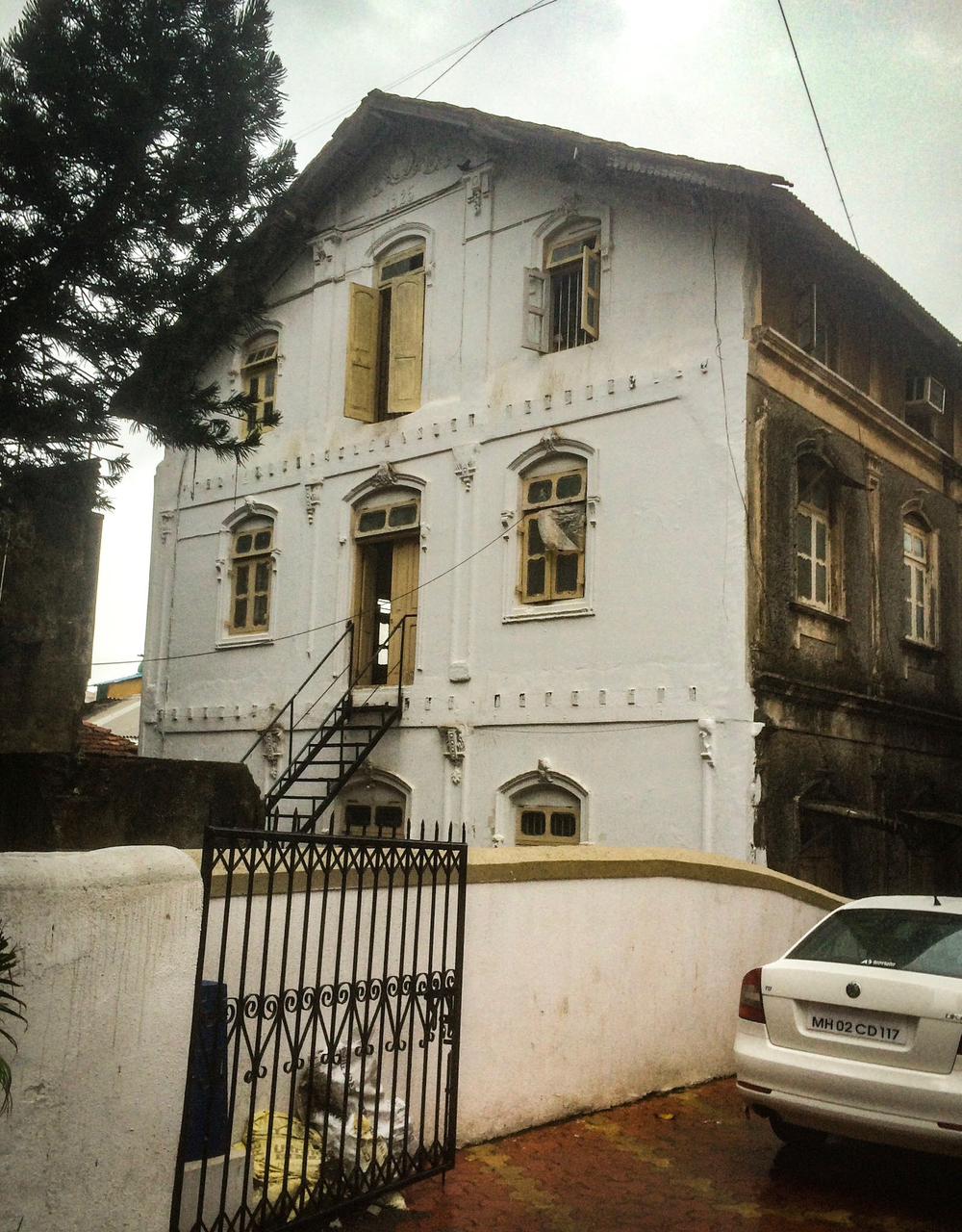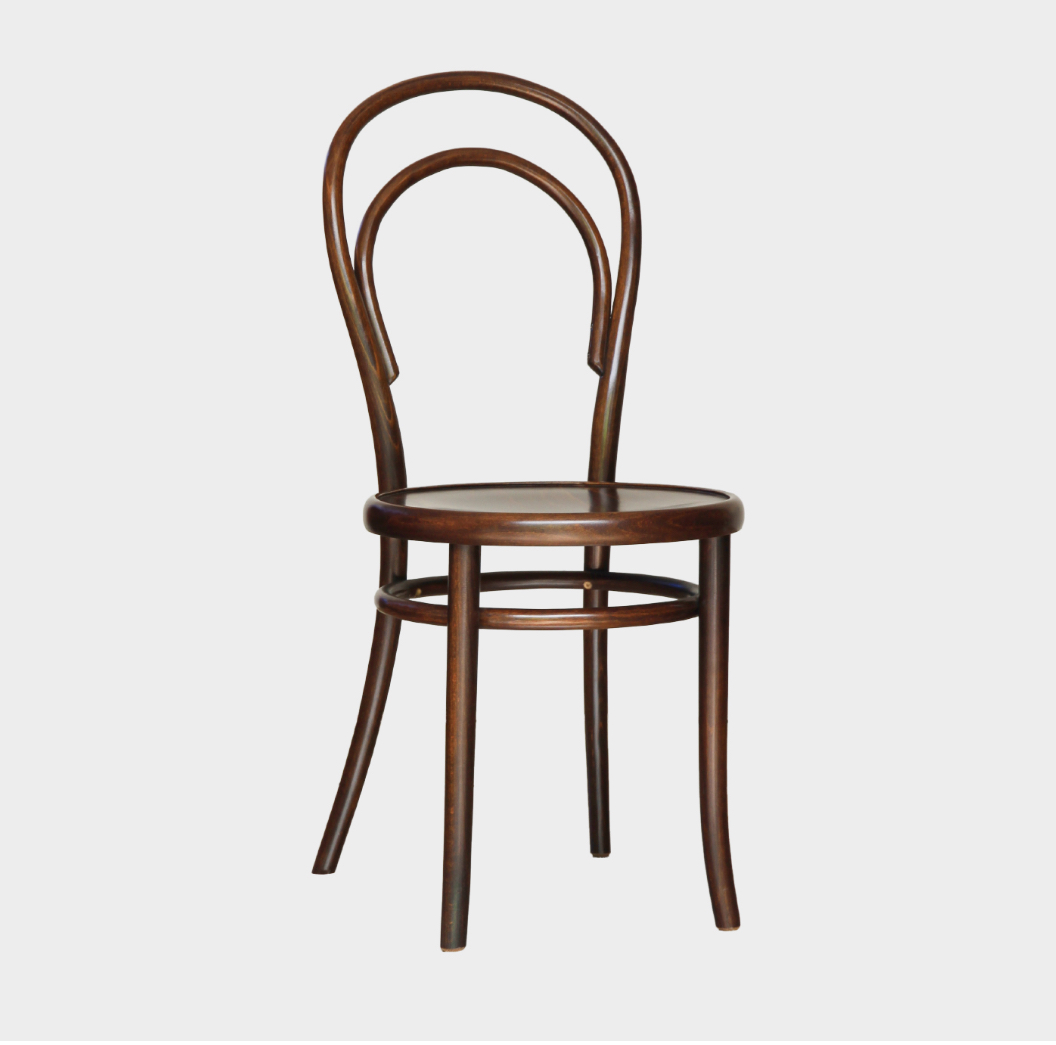
Everyone talks about American Speakeasy Bars of the 1920’s. But not many know of the speakeasy culture of the aunty bars of Bombay. Prohibition was introduced in Bombay in the late 1940’s under the stewardship of then Chief Minister Balasaheb Gangadhar Kher. The introduction of the Bombay Prohibition Act of 1949 formalised the ban on drinking but the strict implementation of the act happened from 1952, when Morarji Desai became the chief minister. Morarji Desai, the butt of many ‘drinking’ jokes because of his daily tipple. He was a keen proponent of the auto-therapy but wasn’t so kind on the daily tipple of most Bombayites and ensured they had a hard time getting their favourite drink.
As in the case of most cities around the world under prohibition. Liquor isn’t available officially, but is fairly easy to get. And who could keep Bombayites from their tipple, thus sprang up the culture of the Aunty Bars, where one would get their fill of moonshine. Initially there were two major concentration of the Aunty bars. One was in Dhobi Talao in South Bombay where all the Goan Aunties used to run their Speakeasy Bars and the other was in Bandra where all the East Indian Aunties would serve moonshine to customers, keep the drunken ones in check and also ‘liaise’ with the cops to keep things going smoothly.
Aunty bars were mostly the living room of a single middle aged aunty or one with an unemployed husband, converted into a bar with benches and tables. They had no names or boards and they would mostly get named by their customers based on some quirk about the place or more importantly a landmark. Most Aunty’s Bars would serve no food or snacks, only wafers at best and loads of moonshine. Everyone in Bombay had their own favourite aunty’s bar, which they would frequent.
When prohibition was removed and replaced by the Permit system in the early 70’s. Many of the Aunty’s Bars lost their relevance, but some hung on for a few more years. Serving moonshine distilled by some distant cousin in the outskirts of the city. Customer loyalty to the aunty bars of Bombay was fierce and many of them hung on to the tradition of visiting the aunty bars for their favourite tipple. With time, the tradition of the aunty bar has died out. I do not know if anyone has survived till now. Probably in some bylane in some outskirt location of Bombay.
Happy drinking and chowder-on!
Categories:
Tags:

The Irani Cafe Chair – Defining What Is An Irani Cafe

Mumbai’s Infamous Eggless Omelette

The 20 Types of Indian Vegetarians